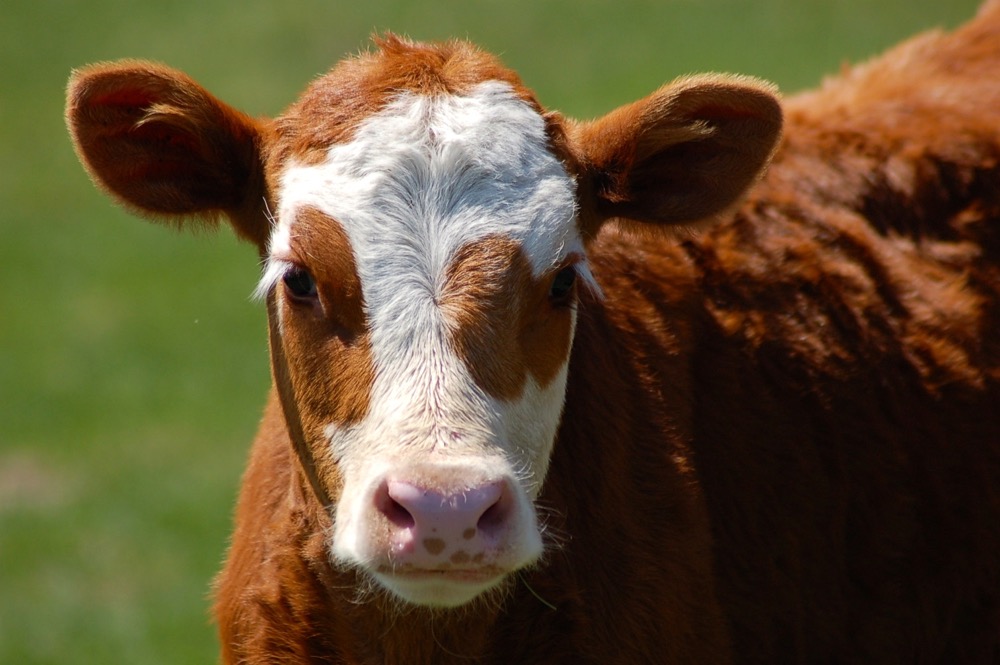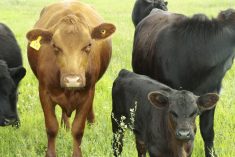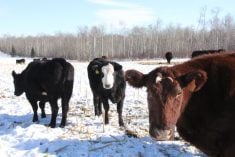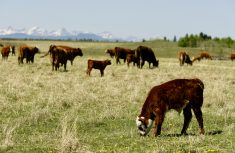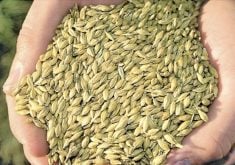As this article comes to press, the yearling run has started and it will not be long before the calf run is in full swing. One of the biggest challenges cattle feeders face at this time of the year is ensuring that cattle get off to a fast start in terms of feed intake. This is particularly true of freshly weaned calves. Known as “high-risk animals,” these calves experience, in a matter of a couple of days, a series of stressful events including weaning, transportation (i.e. to an auction market and/or to feedlot), mixing with other calves and processing by the feedlot crew. They may not have seen feed for 24 to 48 hours. In addition, they are in strange environments where they are faced with a variety of bacterial and viral threats that challenge the immune system and predispose them to a variety of diseases.
Read Also

Body condition, nutrition and vaccination for brood cows
One of the remarkable events of the past century related to ranching has been the genetic evolution of brood cows….
It should not come as a surprise that one of the first signs of this stress is poor feed consumption. It is not unusual to see a pen of newly weaned calves eating at a rate of 1.25 to 1.5 per cent of body weight (DM basis) when our goal is to have them at 2.5 per cent or better.
To put this in perspective, a 500-pound calf at 1.3 per cent of body weight is only eating 6.5 pounds of dry matter when we want it at 12.5 pounds. At this low end, it should not surprise us that these calves get sick! It is important to remember that the health and nutrition programs are interrelated. Stressed calves that are not eating are more likely to get sick than those that went on feed quickly. It is for this reason that we focus our efforts on getting calves off to a good start.
When starting these high-risk calves, the first priority is to ensure that upon arrival, they have access to good-quality grass hay, preferably long-stemmed hay. An ideal way of feeding hay to newly arrived calves is to drape or shred it into feed bunks. Calves not familiar with bunks will recognize the hay and come up to eat it. Others use hay feeders in receiving pens, so calves have quick and easy access.
Calves can be fed the starter ration as early as Day 1. A rule of thumb is to start calves at one per cent of body weight on a dry matter (DM) basis. For a 500-pound calf, this equates to five pounds of DM or eight to 10 pounds of total mixed ration, depending on moisture content. The starter ration typically consists of 55 to 65 per cent forage, 30 to 40 per cent grain and three to five per cent supplement (dry matter basis).
Ideally, the forage is a mix of silage and processed hay. Silage can be the sole forage in the starter ration; however, adding dry hay to the ration can help stimulate intake. Ideally, the starter ration is formulated to a minimum of 50 to 55 per cent dry matter. This will restrict the amount of silage in the total mixed ration. Barley grain should be dry- or temper-rolled, while corn is typically dry-rolled or steam-flaked, depending on the program. In contrast, whole oats can be used to start calves on feed.
In terms of nutrient content, the starter ration typically ranges in energy content from 67.5 to 69.5 per cent total digestible nutrients or 0.43 to 0.45 mega-calories of net energy for gain per pound of total mixed ration (DM basis). Crude protein content is typically 13 per cent or slightly higher with calcium at 0.5 to 0.6 per cent and phosphorus at 0.3 per cent of ration dry matter. Higher energy and protein levels can help compensate for lower feed intakes. Ideally, the starter supplement is formulated with a natural protein source and is formulated to provide all essential trace minerals, vitamins A, D and E, and any feed additives such as an antibiotic, ionophore or coccidiostat.
Feed intake of newly weaned calves should increase rapidly over the first two weeks on feed. However, once their intake reaches two per cent of body weight (dry matter basis), further increases should be limited to a maximum of 10 per cent of the previous day’s consumption. Calves should be given two or more days at the higher feeding level before making further increases. As the animals approach full feed, make smaller changes if bunks remain empty. Moving cattle onto feed in a consistent, gradual fashion is one key to keeping intakes high over the entire feeding period.
Once your calves are eating the starter ration at 2.5 per cent of body weight or better, you are ready to move to the next step of your feeding program. This might involve moving to a designated backgrounding ration for medium-frame calves or in the case of heavier, larger-framed animals, moving through a step-up program to the final finishing ration. When moving to a new ration, do not concurrently increase the daily ration allocation.
Unfortunately, there are no hard and fast rules that guarantee success for getting calves on feed. Working with your nutritionist and veterinarian to develop a well-designed receiving/starter program will help you get your calves get off to the best possible start.


